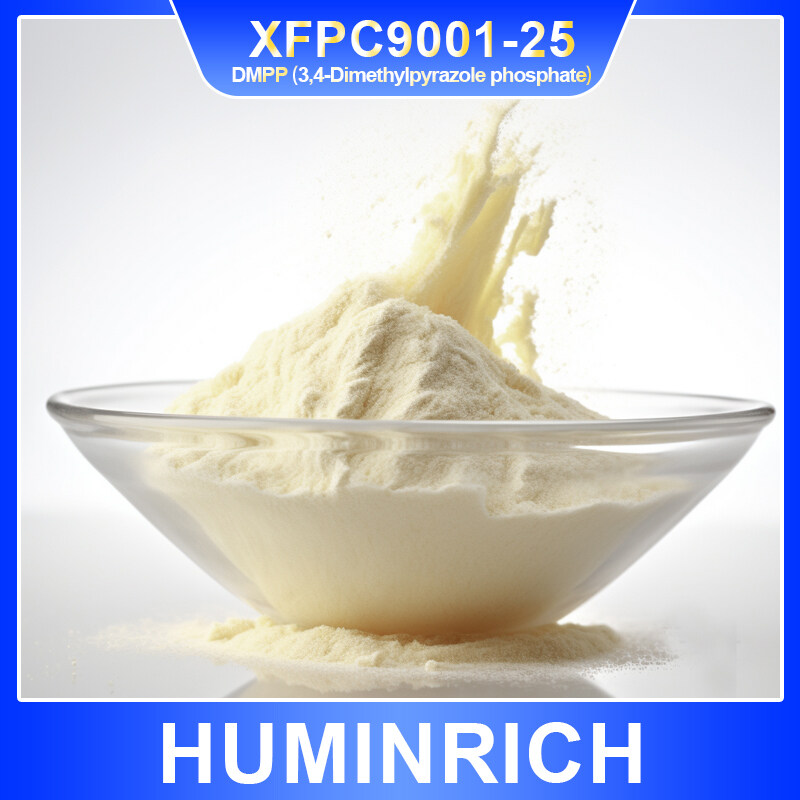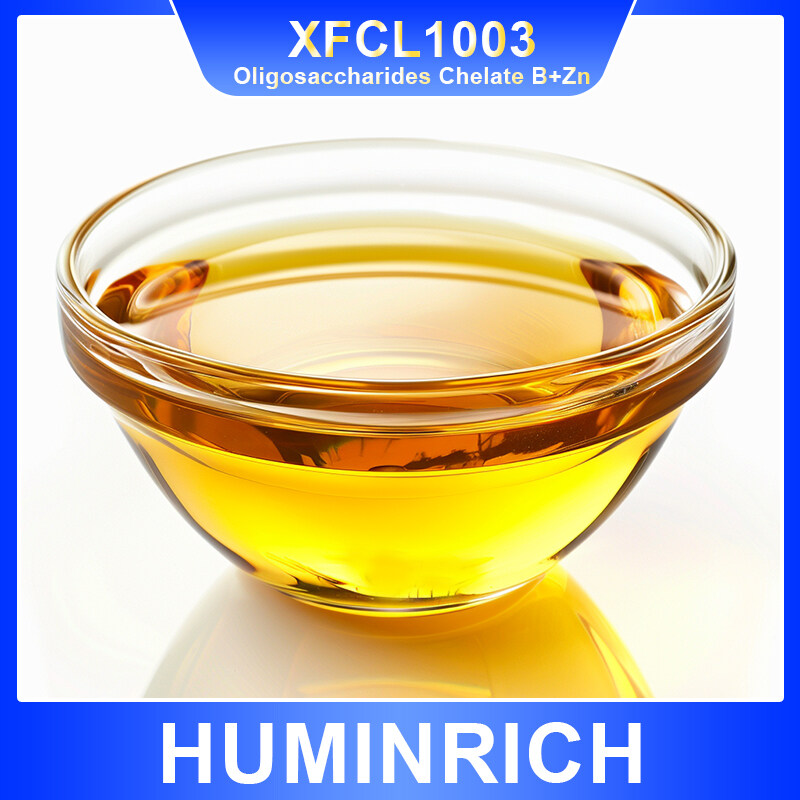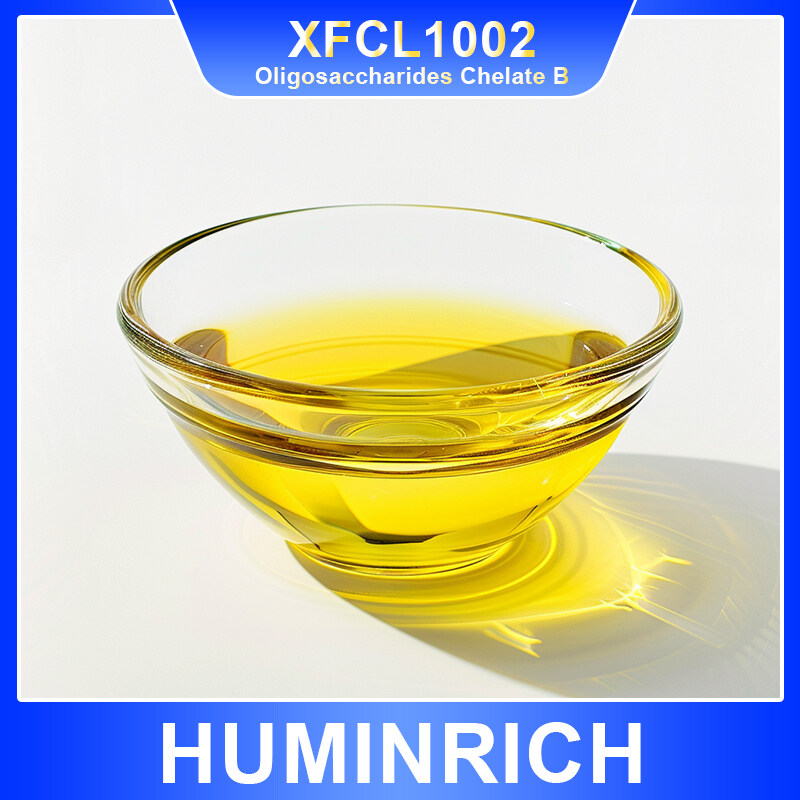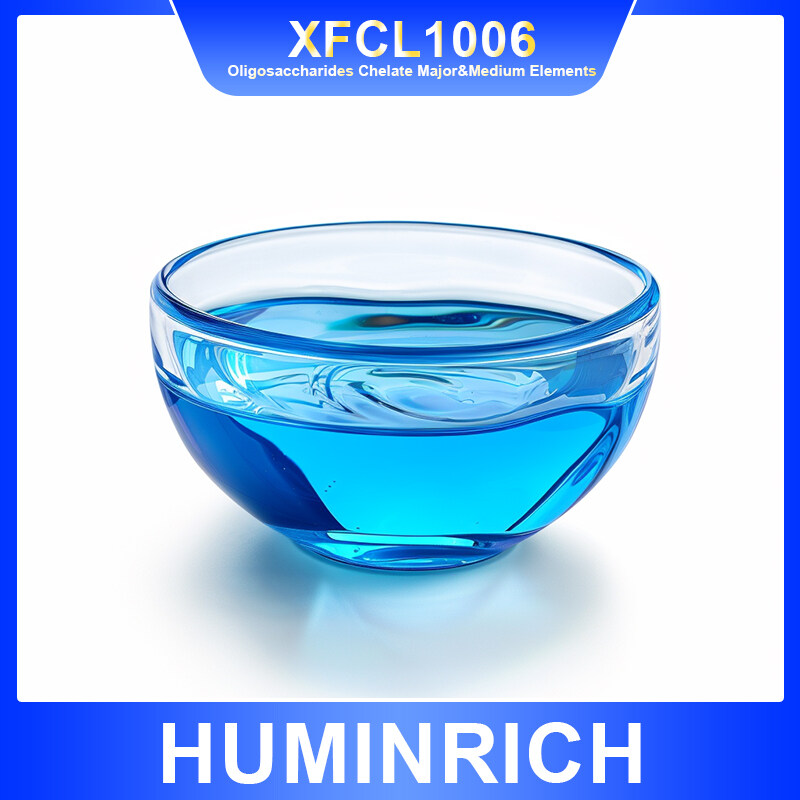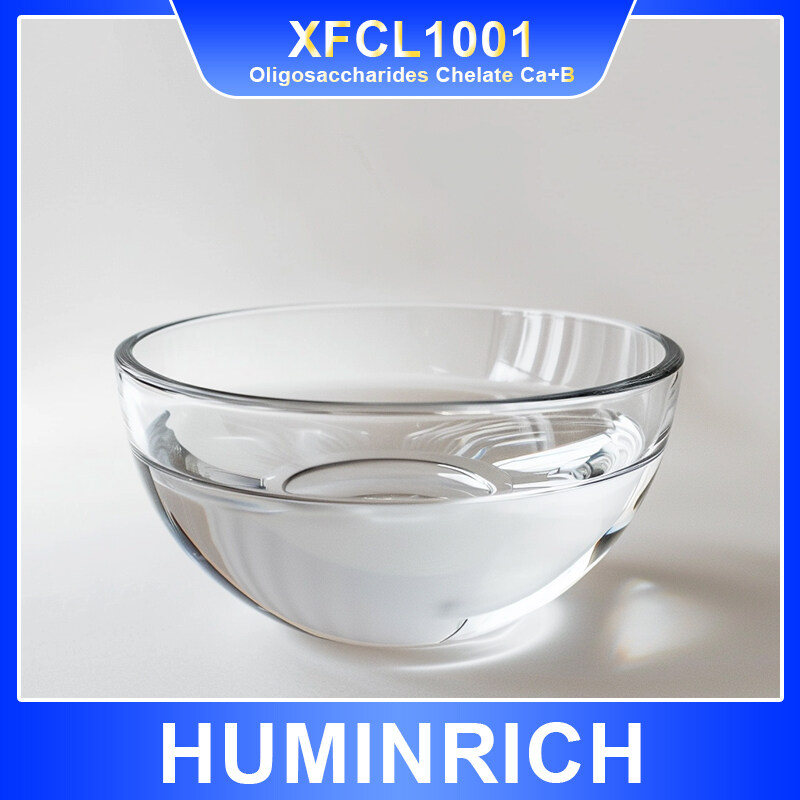Email format error
Email cannot be empty
Email already exists
6-20 characters(letters plus numbers only)
The password is inconsistent
Email format error
Email cannot be empty
Email does not exist
6-20 characters(letters plus numbers only)
The password is inconsistent

DMPP (3,4-Dimethylpyrazole phosphate)
DMPP nitrification inhibitor, chemical name is 3,4-dipyrazole phosphate, DMPP is used as a new type of long-term nitrification inhibitor. It has the characteristics of high efficiency, non-toxicity, stability and specificity. The main function is to inhibit nitrification in the soil, thereby reducing the loss of nitrogen (N) into the environment in the form of nitrate (NO₃⁻), especially into water bodies. This helps to improve the utilization rate of nitrogen fertilizer, reduce the amount of nitrogen fertilizer used, and reduce the negative impact of nitrogen fertilizer on the environment.
|
Appearance |
Light yellow or off-white powder |
|
Assay |
98%min |
|
Insoluble |
2%max |
|
PH |
3.0-5.0 |
2. Mechanism of action:
Inhibiting the activity of nitrifying bacteria: DMPP can selectively inhibit the activity of nitrifying bacteria (especially nitrosifying bacteria) in the soil, thereby slowing down the reaction rate of ammonium nitrogen in the soil into nitrate nitrogen.
Delay the conversion of ammonium nitrogen: Since nitrifying bacteria are inhibited, the conversion process of ammonium nitrogen into nitrate nitrogen is delayed, allowing more ammonium nitrogen to be maintained in the soil for a longer period of time.
3. Production features:
As an excellent nitrification inhibitor, DMPP has outstanding performance among similar products, mainly due to the following significant advantages:
Small addition amount and fully water-soluble: The addition amount of DMPP is relatively small, but its effect is very significant. More importantly, it has good water solubility and can be quickly and evenly dispersed in fertilizers and soil to ensure maximum effect.
Odorless and safe: DMPP does not produce any odor during use, which not only improves the operating environment, but also ensures the safety of the use process. In addition, it does not produce any toxic effects on plants and is safe and harmless to crop growth.
Completely decomposes in soil: DMPP can be completely decomposed in soil, and its final decomposition products are phosphate, water, carbon dioxide and nitrogen oxides. These are common substances in the natural environment and will not cause any burden to the soil and the environment.
No residues in agricultural products: Due to the rapid decomposition and transformation of DMPP in the soil, there is almost no residue in harvested agricultural products, ensuring the food safety of agricultural products and making consumers more assured.
Harmless to soil, microorganisms, water bodies, humans and animals: DMPP is friendly to the soil environment and will not have a negative impact on soil microorganisms. At the same time, it will not cause pollution to water bodies and is harmless to aquatic ecosystems. In addition, DMPP is safe and harmless to humans and animals and does not pose a risk to human health.
4. Product process:
The production process of DMPP uses methyl ethyl ketone and paraformaldehyde as raw materials, and is prepared through a four-step reaction of condensation, cyclization, dehydrogenation and salt formation.
5. Product application:
The nitrification inhibitor DMPP (3,4-dimethylpyrazole phosphate) is indeed an efficient additive that can be added to a variety of fertilizers containing ammonium nitrogen or amido nitrogen to inhibit nitrosifying bacteria in the soil. activity, delaying the conversion of ammonium nitrogen into nitrate nitrogen. These fertilizers include, but are not limited to:
Urea: Urea is one of the most commonly used nitrogen fertilizers in agricultural production. The addition of DMPP can effectively improve the utilization rate of urea and reduce the loss of nitrogen fertilizer.
Ammonium chloride and ammonium sulfate: These ammonium salt fertilizers are also common sources of nitrogen fertilizers. The addition of DMPP can also delay the nitrification process and increase the durability of the fertilizer effect.
Urea-ammonium nitrogen fertilizer: A fertilizer that combines urea and ammonium nitrogen. The addition of DMPP can further optimize its fertilizer efficiency performance.
Compound fertilizer: Compound fertilizer often contains a certain amount of nitrogen, whether it is ammonium nitrogen or amide nitrogen. The addition of DMPP can improve fertilizer efficiency and reduce loss.
Urea ammonium nitrate solution: This solution contains both urea and nitrate nitrogen. The addition of DMPP can balance the conversion between the two, making the fertilizer more in line with the needs of crop growth.
Macroelement water-soluble fertilizers: For macroelement water-soluble fertilizers containing ammonium nitrogen or amide nitrogen, the addition of DMPP can also improve fertilizer efficiency and promote crop growth.
The addition of DMPP (3,4-dimethylpyrazole phosphate) powder can act as a nitrification inhibitor to improve nitrogen utilization and reduce nitrogen loss. The following are the precautions and suggestions for adding DMPP powder in the different fertilizer production processes you mentioned:
Blended fertilizer:
DMPP powder can be added directly because blended fertilizers are usually made by physically mixing different types of fertilizers and do not involve high-temperature processes.
Extrusion granulation:
DMPP powder can also be added directly, because the temperature control during the extrusion granulation process is relatively low and will not have a significant impact on DMPP.
Liquid water-soluble fertilizer:
DMPP powder can be added directly to liquid water-soluble fertilizer, but attention must be paid to mixing evenly to ensure that DMPP is evenly distributed in the liquid.
High tower granulation:
For large-scale production processes such as high-tower granulation, since it involves high-temperature processes, DMPP powder and anti-caking powder should be premixed evenly first.
In the anti-caking powder section, premixed DMPP and anti-caking powder are added together to ensure uniform distribution of DMPP in the fertilizer particles and avoid the negative impact of high temperature on DMPP.
Drum granulation:
During the drum granulation process, due to the high temperature, it is recommended to premix DMPP powder and anti-caking powder evenly first.
In the anti-caking powder section, premixed DMPP and anti-caking powder are added together to ensure the effectiveness of DMPP and the quality of fertilizer.
DMPP is added at 0.2%-0.8% of the total ammonium nitrogen and amide nitrogen in the fertilizer.
6. Packaging, transaction method, delivery method, etc.:
Packaging: 1kg/25kg bag/drum with linner inside.
Payment method: Western Union; T/T; MoneyGram
Shipping method: Sea/Air/Domestic Shipping
7. After-sales service/customized service/sample service:
Packaging customization: Customized services are provided for packages above 1000KG;
Sample service: samples are available;

